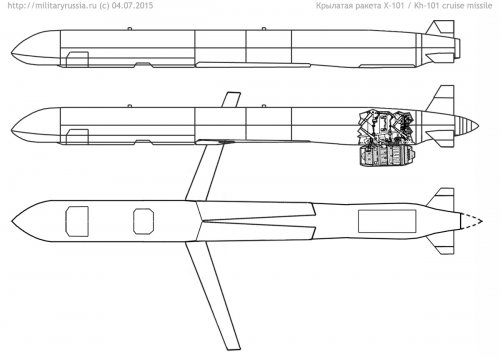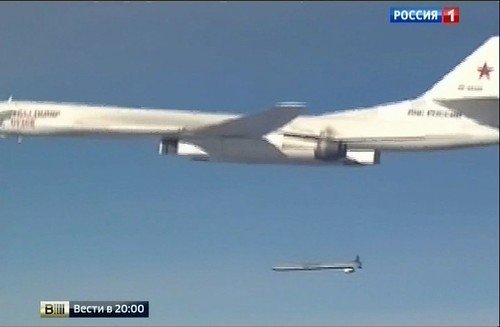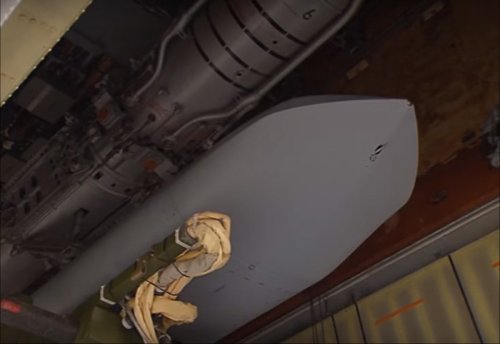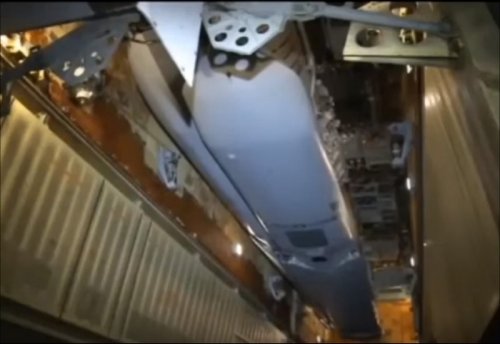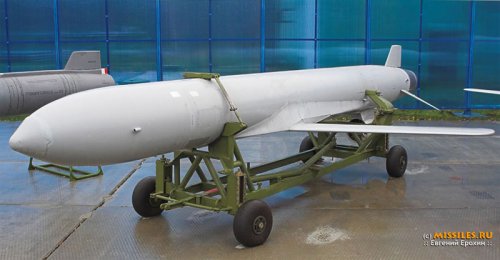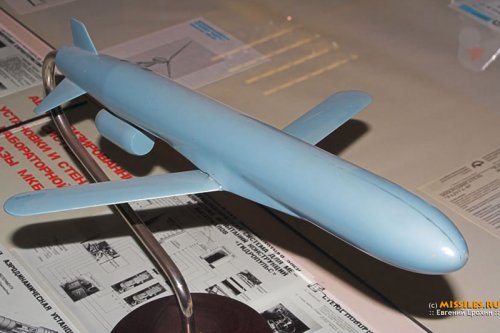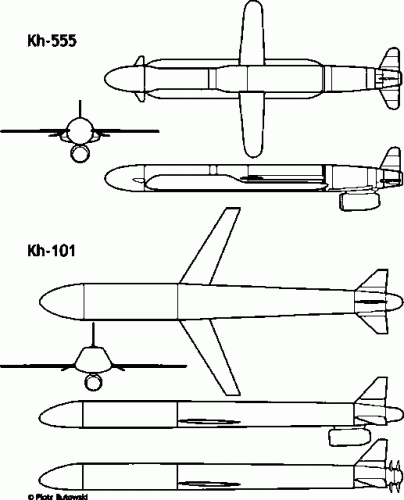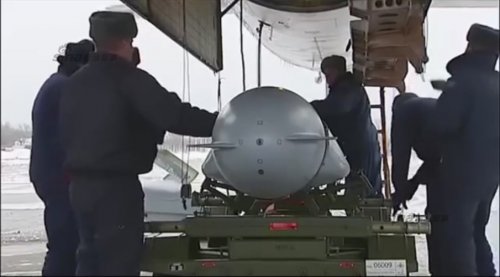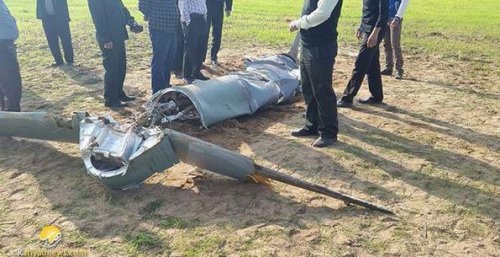- Joined
- 13 June 2007
- Messages
- 2,172
- Reaction score
- 3,076
Greetings All -
The missile shape seems to be more to make effective use of space when packaged on the rotary launcher - as noted, the pop out engine negates any shaping of the fuselage for stealth purposes. Would the fuselage shape also to the overall lift of the airframe allowing for smaller pop out wiings? Thoughts?
Enjoy the Day! Mark
The missile shape seems to be more to make effective use of space when packaged on the rotary launcher - as noted, the pop out engine negates any shaping of the fuselage for stealth purposes. Would the fuselage shape also to the overall lift of the airframe allowing for smaller pop out wiings? Thoughts?
Enjoy the Day! Mark



